MARKET OVERVIEW
The Global PAP Sleep Therapy Machines market forms an important part of the healthcare industry, dealing with one of the most prevalent problems resulting in sleep disorders: sleep apnea. With millions across the world having been suffering from this condition, demand for effective treatment solutions such as PAP therapy will be realized. These devices, Continuous Positive Airway Pressure, Bi-level Positive Airway Pressure, and Automatic Positive Airway Pressure, are machines that help keep patients’ airways open while sleeping to prevent their breathing from becoming interrupted.
It is being driven by increasing awareness about sleep disorders and related health risks. With more cases diagnosed for OSA and CSA, demand for reliable PAP therapy solutions will increase. As healthcare providers are laying increasing emphasis on patient education, the market is likely to see an upsurge in the adoption of these devices. Other factors that will continue to fuel the growth of this market include technological advancements in PAP machines, such as remote monitoring and auto-adjusting pressure settings for comfort features.
The Global Positive Airway Pressure Sleep Therapy Machines market is slated to grow at a considerable rate, buoyed by a rise in lifestyle-related diseases such as obesity and hypertension, which are known to have close links with sleep apnea. Moreover, the availability of portable and easy-to-use devices will further expand the patient base, for example, to include frequent travelers or people who want discreet treatment options.
This trend is likely to grow further in a more positive manner with increasing investments in healthcare infrastructure by more countries, along with the aging population globally. The rising geriatric population is more prone to sleep disorders, thus making them a key target under PAP therapy. Further, integration of telemedicine with sleep therapy will bring new opportunities for market growth, enabling better patient compliance and regular monitoring by healthcare experts.
A boosted focus on home healthcare is another factor that will drive the Global Positive Airway Pressure PAP Sleep Therapy Machines market. Increasingly, patients and healthcare systems are seeking cost-effective and convenient treatment options; therefore, this preference for home-based PAP therapy will grow. This trend will further the market in regions where healthcare costs are a concern.
The manufacturers are likely to increase market competition by producing differentiated products in the future years, gaining an upper hand in the industry with innovative products and better patient outcomes. Hence, companies are likely to spend time and money in research and development to come up with PAP machines that are more efficient, comfortable, and technologically advanced. This kind of competitive landscape will benefit the market and lead to a multitude of options for patients with various requirements.
The overall Global Positive Airway Pressure Sleep Therapy Machines market is touted to experience substantial growth driven by a combination of factors, including increased awareness, technological advancements, and a shift towards home healthcare. With sleep apnea having afflicted a sizeable portion of the population, effective PAP therapy solutions will be in high demand, thereby ensuring continuous growth in this market during the coming years.
Global Positive Airway Pressure (PAP) Sleep Therapy Machines market is estimated to reach $4226.1 Million by 2031; growing at a CAGR of 7.6% from 2024 to 2031.
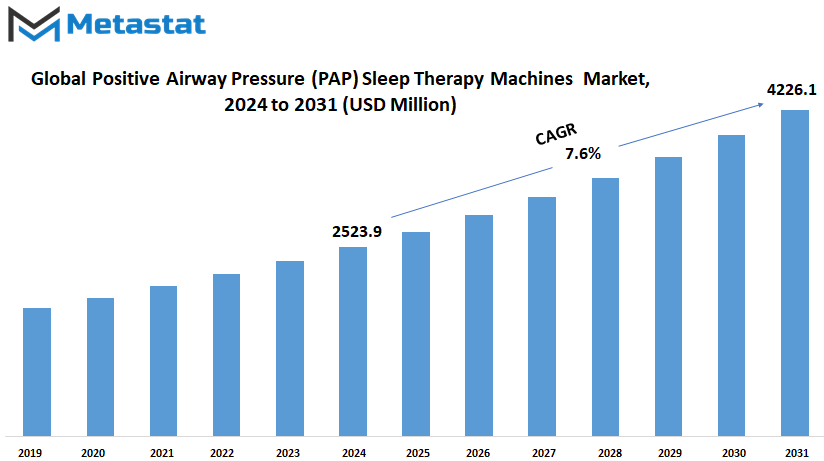
GROWTH FACTORS
The global positive airway pressure sleep therapy machines market is envisioned to soar at an extraordinary rate in the coming years, driven by factors that supplement its rising demand. Obstructive sleep apnea is one of the key drivers; growing prevalence has led to increased awareness about sleep therapy. As people become more conscious of health risks resulting from an untreated case of sleep apnea, there is likely to be increasing demand for PAP machines. Improvements in technology have made these devices more efficient and easier to be used by any patient, hence increasing their adoption rate.
Another factor that will spur growth in the market is the increasing aging population. The older the population, the more sleep-related disorders are likely to inflict, hence a larger customer base for PAP machines. Also, the increased emphasis on health and wellness prevailing across many parts of the world is more likely to increase demand for such therapeutic devices. Sleep health is also increasingly recognized by governments and health organizations, which means more benign policies and more reimbursement options will foster more people to seek treatment for their sleep disorders.
Certain challenges that may hamper the growth of the Global PAP Sleep Therapy Machines market. A huge obstacle could be the high cost of devices, due to the fact that it will just prove unaffordable for a huge section of the population within many developing nations. The growth potential of the market may be hampered by a lack of awareness about sleep disorders in some regions. Some may not realize the seriousness of their problem or refuse to seek treatment because of the stigma they feel when using sleep therapy machines.
Despite all these odds, the market contains some lucrative opportunities in its way ahead. Incorporating advanced features like data tracking and remote monitoring within the PAP machine itself shall again attract more users as it adds value to the process of therapy. Expanding healthcare infrastructure may push these devices further in emerging markets. The rising access to healthcare actually means that the PAP sleep therapy machines market is rising as well.
The global PAP sleep therapy machines market has huge development potential in the future with increasing awareness about sleep disorders and enhanced technological advancement. High cost and lack of awareness may act as a damping factor, but the market has to get bigger with new opportunities and growth prospects in the years to come.
MARKET SEGMENTATION
By Types
The Global Positive Airway Pressure (PAP) Sleep Therapy Machines market is growing significantly on the back of a growing population diagnosed with sleep-related breathing disorders. With the increasing awareness of the importance of treating conditions such as sleep apnea, the demand for PAP machines is expected to rise even further. These scientific gadgets are crucial in helping an individual maintain normal breathing patterns during sleep and enable one to get ample rest, which is necessary for overall health.
The PAP Sleep Therapy Machines market is subdivided into three most important kinds of machines: Continuous Positive Airway Pressure (CPAP) Machines, Bilevel Positive Airway Pressure (BiPAP) Machines, and Auto-adjusting Positive Airway Pressure (APAP) Machines. All these machines have a special function to suit their patient’s needs.
The CPAP machines are the most largely framed devices for the treatment of sleep apnea. This is achieved by pumping a constant pressurized stream of air through a mask and into the airways in the sleeping person to keep the airways open. In many situations, this machine can be the initial form of treatment for patients with obstructive sleep apnea; it is very efficient and, at same time, very widely accessible. With technology increasing the comfort and user-friendliness of CPAP machines, this could add to its one-party market share in the future.
BiPAP will have two levels of air pressure, higher level for inhalation and a lower level for exhalation. It is a feature that benefits very many patients having a hard time exhaling against the continuous pressure delivered by a CPAP machine. As knowledge about the machines and their utility increases, it is more than likely that the demand for BiPAP machines will grow, especially for patients with more complex breathing disorders.
APAP is an abbreviation for automated positive airway pressure. In contrast to the CPAP and BiPAP machines that require artificial adjustments and titrating, the APAP machines, working under the same hydraulic principle, automatically give a patient just the right pressure of air through the night. Such personalized titration is catching up with technology, providing comfort to the user undergoing therapy. Future growth is going to be rapid in this segment of the APAP market with new advancements in sensor technologies and machine learning algorithms that allow adjustments to become even more fine-tuned.
The PAP Global Market Positive Airway Pressure Sleep Therapy Machines is poised for higher growth led by technology combined with rising awareness with respect to sleep diseases. Newer improvements on CPAP, BiPAP, and APAP machines are likely to be more effective and gear themselves up for further consolidation in the treatment of SRBDs.
By Applications
The Global Positive Airway Pressure (PAP) Sleep Therapy Machines market has grown considerably, spurred by rising awareness about sleep disorders and related health effects. The prime application of PAP therapy machines is in treatment against various forms of sleep apnea that hugely affect the quality of life for people. Applications include Obstructive Sleep Apnea, Central Sleep Apnea, and Complex Sleep Apnea Syndrome. Each of these has presented different challenges in treatments, and thus the demand for PAP therapy is likely to increase with the increased diagnosis of these conditions.
One of the biggest applications of PAP therapy is in the treatment of Obstructive Sleep Apnea. The most common is OSA, whereby a person’s airway is blocked during sleep, thus interrupting breathing. Given the world’s ageing populations and increasing obesity cases, the prevalence of OSA is on an upward trajectory, further increasing demand for PAP machines. The devices have become one of the lines of standard treatment options—non-invasive solutions that immensely improve the sleep quality and general health of patients.
Besides OSA, PAP therapy is also critical in the treatment of Central Sleep Apnea, where the brain does not transmit the right signal to the breathing muscle. While it is less common as compared to OSA, CSA is nevertheless a serious condition for which proper management is required. Increasing awareness about this disorder and technological innovations in PAP devices are likely to make treatment more effective, hence boosting the market.
Another area of critical PAP therapy is Complex Sleep Apnea Syndrome, a variant that combines the features of both OSA and CSA. This condition has introduced complexity into the treatment of the specified disease and has in turn accelerated innovation in PAP machine technology, as devices are getting increasingly sophisticated to cover the unique requirements of CompSAS patients. With improving diagnosis techniques, more and more cases of CompSAS come to the fore, adding further fuel to market growth.
By End Users
The PAP sleep therapy machines market globally is foreseen to rise at a steady pace in the next couple of years, driven by rising awareness about sleep disorders and their growing prevalence, along with conditions like obstructive sleep apnea. With the present world turning health conscious and people beginning to understand better the importance of sleep in sustaining total well-being, the demand for effective sleep therapy solutions will surge accordingly.
One of the major market drivers is the rising adoption of PAP sleep therapy machines in a wide array of end-user settings, such as hospitals, homecare settings, sleep clinics, and ASCs. Hospitals continue to be one of the most important locations providing PAP therapy to patients with serious conditions or to those who require close monitoring. Advanced medical infrastructure and availability of trained healthcare professionals make hospitals an important segment of this market.
However, the trend is changing slowly towards homecare settings, as patients feel more comfortable and convenient about getting treatment in their personal living spaces. Additional impetus to this trend is given by creating user-friendly, more portable PAP machines that allow patients to go on with their therapy without being confined to a hospital. As such machines become more accessible and affordable, the homecare segment is likely to grow significantly.
Sleep clinics also form a very important part of the market because more patients look for specialized treatment for their sleep disorders. These clinics offer customized solutions with expert guidance, which one may not find easily in general healthcare centers, thus forming an integral part of the total scenario of the market. Ambulatory Surgical Centers are also gaining traction since they turn out to be cost-effective alternatives for the treatment of sleep apnea, which may include minor surgical interventions along with PAP therapy.
The future for the global Positive Airway Pressure PAP Sleep Therapy Machines market will be one of further expansion in light of technological advancement and more awareness regarding treating sleep disorders. Some of the smart technologies, such as mobile apps featuring data tracking, are likely to raise the patient’s compliance to the prescribed PAP therapy and, by extension, improve its overall effectiveness. Against the backdrop of incessant evolution of healthcare systems worldwide, this market will continue to grow to address the requirements of a large and widening patient base.
Basically, with increasing awareness of the importance of quality sleep and the need for effective treatments by more people, the market will evolve, offering novel solutions to meet the diverse needs of patients and healthcare providers.
By Sales Channels
The Global Positive Airway Pressure Sleep Therapy Machines market is going to witness some prominent changes as it continues to grow in several sales channels. In the last couple of years, there has been an increasing shift in how consumers buy PAP sleep therapy machines, thus driving some of the broader trends in consumer behavior and changes in technology. This shift is likely to further outline the future marketplace, thus making it easier and more varied for patients dependent on these devices.
The segment of online retail has registered significant growth boosted by the convenience it offers to consumers. First of all, everybody uses the internet much more for various purchases, comparison of products, reading the reviews, and buying from the comfort of one’s home, which, therefore, makes online retailing much more in vogue. This is a continuing trend, as digital literacy increases globally, with more customers becoming comfortable with making medical purchases online. Again, online channels have more varieties of products, which enables customers to get specialized PAP machines that are not readily available in offline retail stores.
On the contrary, the Global Positive Airway Pressure Machines Sleep Therapy market holds a considerable amount of offline retail. It has become very important for customers to see and check the product before purchasing, due to the potentials of medical devices in general and PAP machines in particular. This would be possible only in physical stores. Tactile experience combined with the ability to take guidance from the knowledgeable staff ensures that offline retail will play a vital role in the market. This is especially true in areas where either the reach of the internet is not that high or where consumers generally prefer face-to-face interaction.
Another major sales channel is medical supply stores. They specialize in health-related needs and have a more focused variety of products, of which PAP sleep therapy machines are one. Patients might like this option better because it gives them easier access to more expertise and service in choosing their PAP machine; many medical supply stores have educated personnel who can assist in selection and make sure the patient obtains the appropriate equipment.
Direct sales will also develop, which means directly from manufacturers or special providers in this branch. This is the channel guaranteeing customers individual service and occasionally a tailor-made solution for the end-user. As awareness of sleep disorders and the advantages of PAP therapy grow, direct sales could become very important for patients with complex needs.
In a nutshell, the Global Positive Airway Pressure (PAP) Sleep Therapy Machines market is changing. Each of the sales channels has different advantages. As the market grows further, these channels are expected to expand, offering more options and greater access to lifesaving equipment that improves the quality of life of many.
|
Report Coverage |
Details |
|
Forecast Period |
2024-2031 |
|
Market Size in 2024 |
$2523.9 million |
|
Market Size by 2031 |
$4226.1 Million |
|
Growth Rate from 2024 to 2031 |
7.6% |
|
Base Year |
2022 |
|
Regions Covered |
North America, Europe, Asia-Pacific Green, South America, Middle East & Africa |
REGIONAL ANALYSIS
One of the major transformations that is about to take place in the Global Positive Airway Pressure Sleep Therapy Machines market includes changing growth patterns across regions. Obstructive sleep apnea has been gaining more recognition and diagnosis among sleep disorders. Hence, this will demand more PAP machines globally. On the other hand, this increase is especially outstanding in North America, Europe, the Asia-Pacific, South America, and Middle East & Africa; each contributes uniquely to the general market.
Highly developed market in North America due to the combined developed healthcare infrastructure with high awareness. Demand for the PAP therapy devices is further raised in the United States, as there is a rise in incidents of sleep apnea at a large player. The markets of Canada and Mexico are also developing, though at a relatively slow growth rate, that resulted mostly from the differences in access to healthcare services and economic conditions.
Similarly, PAP machines also have a strong market in Europe—in fact, in the UK, Germany, France, and Italy. Some of these nations have very well-developed health systems, with increasing elderly populations that will be more likely to require sleep therapy. Other, less influential European countries still have a considerable contribution to the market with a positive trending awareness and diagnosis of sleep disorders.
The market for PAP therapy is also growing in the Asia-Pacific region, especially in countries like China, Japan, India, and South Korea. These countries are developing economically, and their healthcare systems are gaining awareness of sleep disorders. Moreover, the large population base augurs well for strong demand for PAP therapy machines. This trend is expected to continue with increased access to healthcare services and public health campaigns against sleep disorders.
Another emerging, albeit smaller, market than in North America and Europe, South America has Brazil and Argentina leading in the region. While the region is emerging and the focus is gradually shifting towards better healthcare access and improved quality; the adoption likelihood of PAP therapy will increase, keeping in mind the countries working towards better healthcare outcomes.
Middle East & Africa: Mixed picture, with different levels of maturity visible across markets. These markets, such as Saudi Arabia and the UAE, have grown through relatively evolved healthcare systems. This seems to be counteracted somewhat by countries like Egypt and South Africa, which have developing healthcare infrastructures that may make it difficult to implement growth in this market. Still, with the continued investments in healthcare infrastructure, more PAP therapy may be adopted in this region in the near future.
The global outlook for PAP sleep therapy machines appears positive, given the increasing awareness of sleep therapy, continuous technological development, and better infrastructure in health care globally. Demand for PAP therapy machines would sustain and become integral to global healthcare, as more regions realize the need for treatment against sleep disorders.
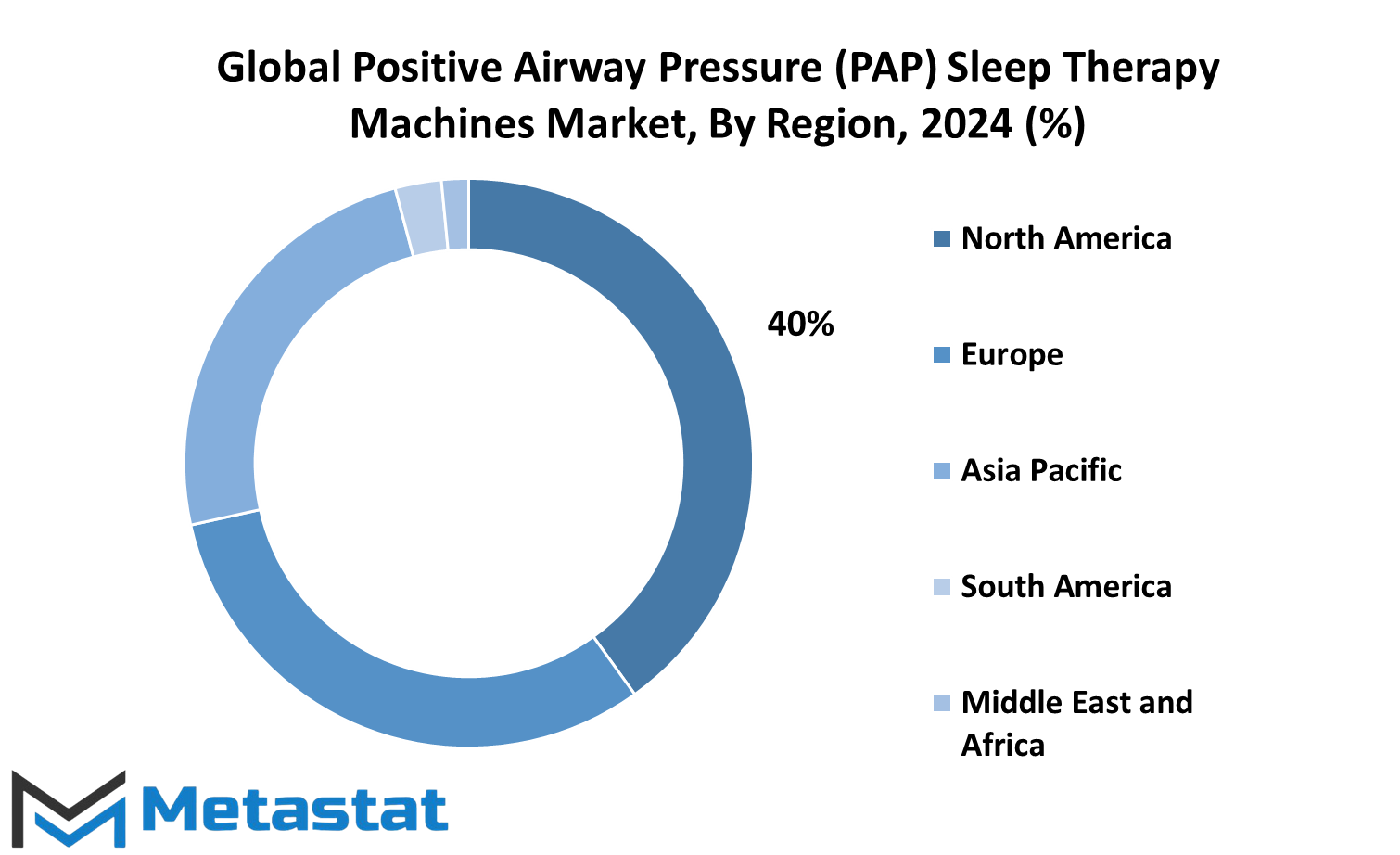
COMPETITIVE PLAYERS
The global PAP sleep therapy machines market is growing at an incredible rate due to heightened awareness with respect to sleep-related disorders and ultra-advanced healthcare technologies. With the world becoming more and more conscious of health and wellness, demand for effective sleep therapy solutions is only going to increase. Machines used to administer such pressures, such as PAP devices, are becoming an integral part of treatment. The increasing need for efficient sleep therapy in conditions such as sleep apnea has attracted some principal industry players who have been innovating and trying to capture larger market shares.
The most prominent players in the Global PAP Sleep Therapy Machines market are ResMed Inc., Koninklijke Philips N.V., and Fisher & Paykel Healthcare Limited. These firms have been working on advanced machines that not only provide comfort to users but also feature a range of functions that make them more functional. With technology rapidly evolving, these firms are likely to come out with machines that would be easier to use and at the same time efficient in treating a host of sleeping disorders. Apart from these, other companies at the frontline taking stakes in this market include Nidek Medical India and Wellell Inc. with pocket-friendly, easy-to-access products against diversified patient needs worldwide.
Companies such as Compumedics Limited, BMC Medical Co., Ltd., and Transcend, Inc. enhance this competitive landscape even more, through increased innovation and product line extension, incorporating features such as portability, ease of use, and advanced data tracking. This will most likely help set the appeal for a wider consumer base, especially with increased awareness about the importance of sleep health.
The future of the Global PAP Sleep Therapy Machines market is booming with new entrants, such as Löwenstein Medical SE & Co. KG, BPL Medical Technologies, and GOLDSLEEP, joining the fray who come with their new concepts and enhanced technologies. The competitive dynamics will further be driven by those firms that are involved in specialized solutions, thereby meeting the unique needs of various patient populations, such as KOIKE Medical CO., LTD., Foras Medical Ltd., Medicraft Medical System Inc., and Elmaslar Medical AS.
With maturity in a span of time, this inclination will move toward customized and adaptive PAP therapy machines that could respond to individual sleep patterns and deliver treatments tailored to customer preference. This will spur the enhancement of patient outcomes and growth prospects of the Global Positive Airway Pressure (PAP) Sleep Therapy Machines market during the forecast period. Companies developing and innovating the offerings for future improvement present a good future for the Global Positive Airway Pressure (PAP) Sleep Therapy Machines market.
Positive Airway Pressure (PAP) Sleep Therapy Machines Market Key Segments:
By Types
- Continuous Positive Airway Pressure (CPAP) Machines
- Bilevel Positive Airway Pressure (BiPAP) Machines
- Auto-adjusting Positive Airway Pressure (APAP) Machines
By Applications
- Obstructive Sleep Apnea (OSA)
- Central Sleep Apnea (CSA)
- Complex Sleep Apnea Syndrome (CompSAS)
By End Users
- Hospitals
- Homecare Settings
- Sleep Clinics
- Ambulatory Surgical Centers (ASCs)
By Sales Channels
- Online Retail
- Offline Retail
- Medical Supply Stores
- Direct Sales
Key Global Positive Airway Pressure (PAP) Sleep Therapy Machines Industry Players
- ResMed Inc.
- Koninklijke Philips N.V
- Fisher & Paykel Healthcare Limited
- Nidek Medical India
- Wellell Inc.
- Compumedics Limited
- BMC Medical Co., Ltd. (BMC)
- Transcend, Inc.
- Löwenstein Medical SE & Co. KG
- BPL Medical Technologies
- GOLDSLEEP
- KOIKE Medical CO., LTD.
- Foras Medical Ltd.
- Medicraft Medical System Inc.
- Elmaslar Medical AS
WHAT REPORT PROVIDES
- Full in-depth analysis of the parent Industry
- Important changes in market and its dynamics
- Segmentation details of the market
- Former, on-going, and projected market analysis in terms of volume and value
- Assessment of niche industry developments
- Market share analysis
- Key strategies of major players
- Emerging segments and regional growth potential



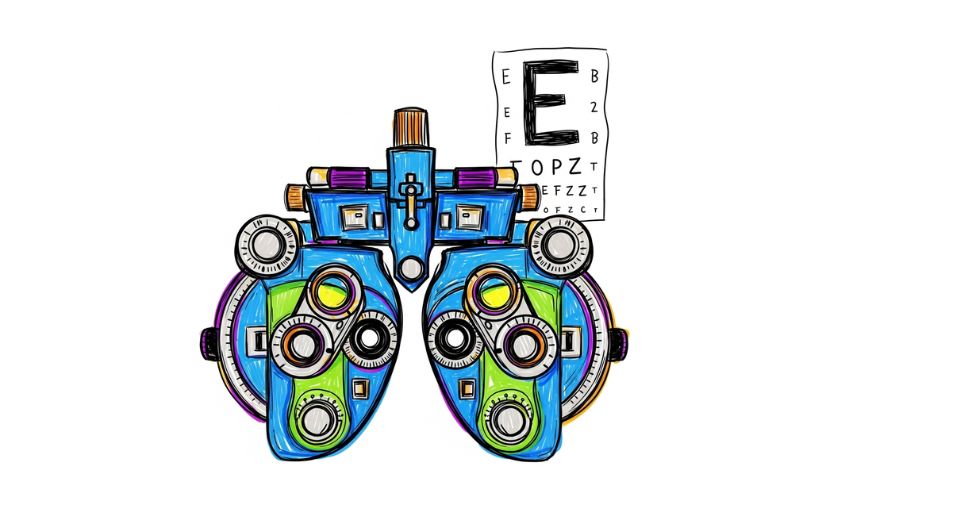

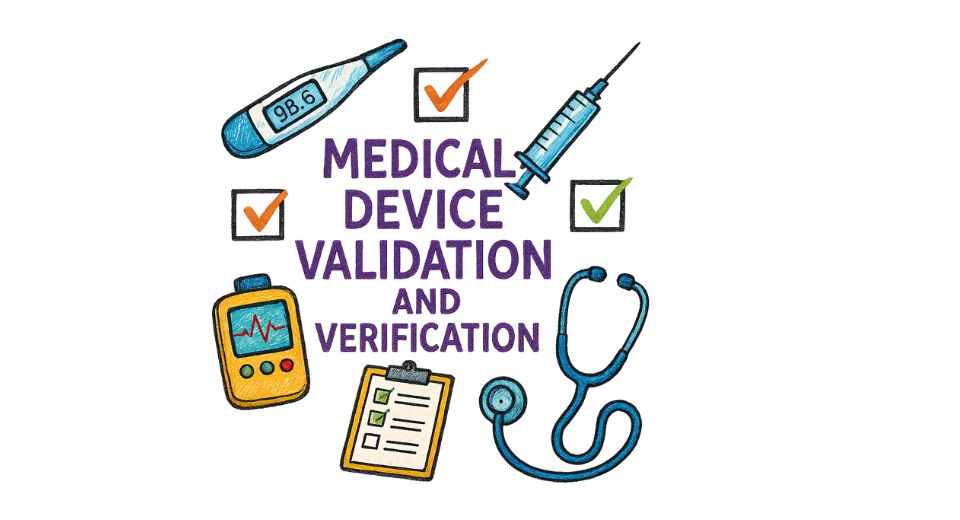
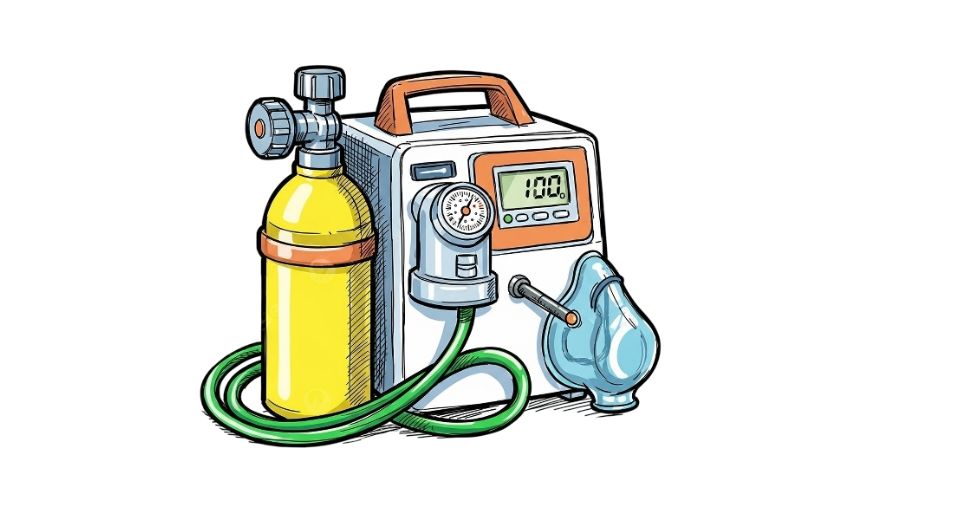

 US: +1 3023308252
US: +1 3023308252






